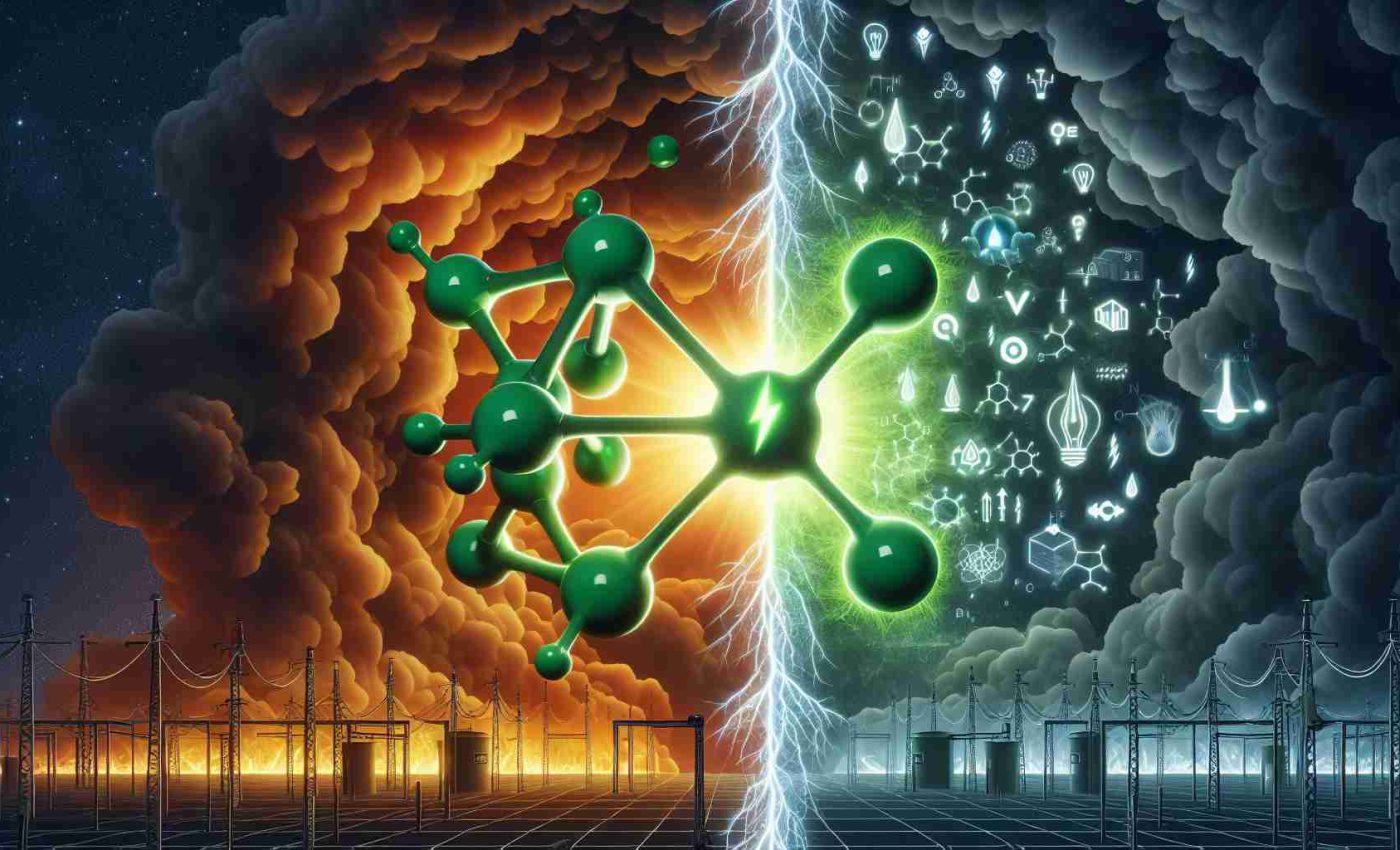- The anticipated green hydrogen era is experiencing significant delays, with only 10% of projects launching on time.
- Battery electric vehicles significantly outperform hydrogen vehicles, dominating the personal transportation market.
- Despite small-scale implementations like hydrogen buses in Bologna, overall global ambitions remain largely unmet.
- In early 2024, just 5,621 hydrogen cars were sold, highlighting weak market adoption compared to electric vehicles.
- Battery vehicles are energetically three times more efficient than hydrogen fuel cell vehicles, as noted by sustainability expert Davie Cebon.
- Major challenges include the high cost and complexity of storing hydrogen, as well as integrating it into existing infrastructure.
- Experts are skeptical of hydrogen’s future in industries like aviation due to persistent financial and technological barriers.
- While some hold out hope for hydrogen’s resurgence, current practical technologies continue to advance more rapidly.
The dream of a hydrogen-fueled world seems to be drifting further away, as the much-lauded green hydrogen era struggles to ignite. Despite the enthusiasm, a mere 10% of proposed green hydrogen projects have taken off on time. Beneath the surface of ambitious plans lies a stark reality: battery electric vehicles leave hydrogen-powered ones trailing far behind, with millions hitting the road while hydrogen’s adoption wavers.
Populous cities like Bologna are celebrating small victories, receiving their first wave of hydrogen buses in a bid to cut emissions. Yet, these local efforts seem insufficient against the backdrop of unfulfilled global ambitions. Experts argue whether these strides are mere drops in the ocean of climate change solutions needed.
In stark contrast, the market for hydrogen-powered personal transportation barely inches forward. With only about 5,621 hydrogen cars sold in early 2024, the numbers pale against the surge of electric vehicles, showing a market preference unshaken by hydrogen’s allure. Davie Cebon, a leading sustainability expert, highlights the superior efficiency of battery vehicles, pointing out they’re three times more efficient energetically compared to hydrogen cells.
Hydrogen’s other hurdles are enormous. Storing it remains a costly Everest to climb due to necessary high-pressure compression systems. Experts remain skeptical, predicting its struggles will continue into aviation and other industries. The financial and technological obstacles of integrating hydrogen into existing infrastructure compound the challenges, painting a grim picture for its broader adoption.
Despite some claiming hope for a hydrogen renaissance, the critical takeaway is clear: for the foreseeable future, green hydrogen’s potential is marred by its current struggles, while more practical technologies speed ahead.
Is Hydrogen’s Future in Jeopardy? Exploring the Challenges Behind the Green Hydrogen Revolution
The Hydrogen Challenge: Insights and Implications
The dream of a hydrogen-fueled world, once touted as a revolutionary leap towards sustainable energy, is increasingly beset by challenges. Notably, only 10% of proposed green hydrogen projects are advancing as planned. This article digs deeper into the obstacles facing the hydrogen economy and how they impact global energy paradigms.
The Competing Power of Battery Electric Vehicles
Battery electric vehicles (BEVs) significantly outpace hydrogen-powered vehicles in terms of adoption. With millions of BEVs on the road compared to roughly 5,621 hydrogen cars sold in early 2024, the market’s preference is unmistakable. The superior energy efficiency of battery vehicles—up to three times that of hydrogen fuel cells—emphasizes their competitive edge, as noted by sustainability expert Davie Cebon. The technical, cost-effective storage solutions and established infrastructural support for BEVs further widen the gap in favor of electric alternatives.
The Global Effort: Small Wins, Large Ambitions
Cities like Bologna are making strides in reducing emissions by introducing hydrogen buses, yet these efforts are dwarfed by the urgent global demand for comprehensive climate solutions. Such local initiatives, while commendable, highlight the disparity between the ambition for a hydrogen-powered future and the present realities of technological and infrastructural readiness.
Hydrogen’s Stubborn Obstacles
Hydrogen fuel faces multiple hurdles in terms of storage, requiring costly, high-pressure compression systems to maintain effectiveness and safety. Challenges also extend across industries such as aviation, where hydrogen’s potential remains underexplored due to its integration complexity and associated financial burdens.
Hydrogen’s infrastructure demands—such as distribution networks and fueling stations—present substantial logistical and economic barriers. Establishing these systems requires considerable investment and robust policy support, which have been insufficiently forthcoming in many regions.
The Future of Hydrogen: A Mixed Prospective
Looking ahead, the question remains: is there hope for a hydrogen renaissance, or is the landscape permanently shifting towards more established, practical technologies? Despite these setbacks, there are areas where hydrogen may still play a crucial role, particularly in sectors challenging to electrify, such as heavy industry and long-haul transport.
The future of green hydrogen depends on technological breakthroughs, policy incentives, and market developments that can overcome its current limitations. Until then, its role remains supplementary to the broader energy transition narratives dominated by battery advancements.
Moving Forward: A Collaborative Path
To ensure hydrogen remains a viable energy contender, stakeholders must embrace cooperative innovation and strategic policy development. While the present favors battery electric solutions, a diversified energy approach integrating hydrogen might yet serve as a powerful complement to renewable energy expansion across the globe.
For more information on hydrogen and renewable energy technologies, visit US Department of Energy and International Energy Agency.







